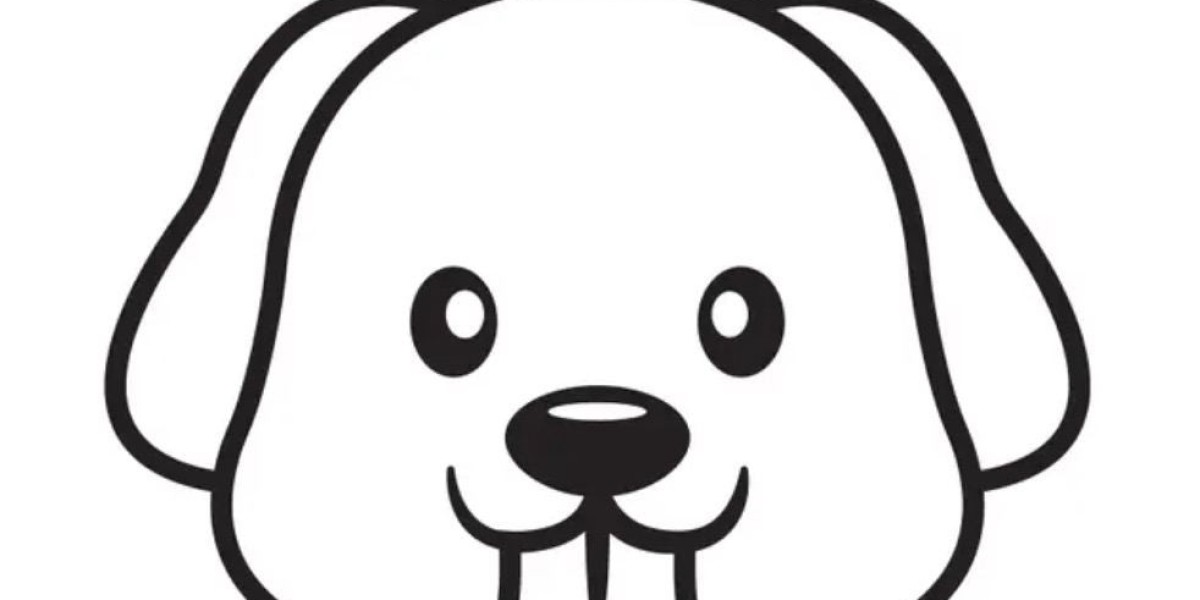Learning doesn’t follow a perfect line. It bends, pauses, leaps ahead, and sometimes loops back. One of the biggest mistakes in education is tying activities too tightly to age brackets, especially creative ones. Drawing, coloring, crafting — these are often boxed into the early years, quietly pushed aside as children grow older.
But creativity isn’t a phase. It’s a skill, a tool, and in many ways, a language. Its value doesn’t disappear after kindergarten. In fact, for many, that’s when it becomes more important.
Creativity in the Early Years: More Than Scribbles
When children first pick up crayons or markers, they’re not just making random lines. They’re starting to make sense of space, choice, and control. Coloring helps with grip strength, hand-eye coordination, and fine motor skills. But beyond the physical, there’s emotional expression. That red scribble might be a volcano. The swirl of colors? A story they can't yet put into words.
What’s most important during this stage isn’t the end result. It’s the process. How long a child stays focused. How they choose to solve small problems (“This marker dried out — what now?”). And how they begin to see their ideas take shape.
Too often, we jump to outcomes. But in the early years, process beats product every time.
School-Age Kids: Building Skills Through Structure
By the time children hit school age, creative tasks are often replaced by worksheets and assessments. The curriculum tightens. Time shrinks. But the need for hands-on, creative expression doesn’t go away — it just shifts.
Older children benefit from more structured creative tasks. This is where coloring pages start to support not only artistic growth but also cognitive development. When a child chooses the right colors for a historical scene or shades in a biology diagram, they're doing more than decorating. They’re practicing focus, building memory, and reinforcing new knowledge through visual learning.
It also provides a natural pause in their day. A way to reset without screens, without pressure — just paper, color, and a quiet moment of making something.
Pre-Teens and Teens: Emotional Health Through Art
As children grow into pre-teens and teens, their emotional worlds get more complex. Stress, comparison, and self-image start to play bigger roles. And while academic demands rise, outlets for self-expression often drop off.
Creative activities in these years are less about instruction and more about space — space to reflect, to unwind, to feel without explanation. A teenager might not want to write about their day, but they might spend an hour shading a pattern or doodling quietly. Those moments matter.
This isn’t about replacing therapy or solving deep emotional issues with a pack of pencils. It’s about recognizing that hands-on, creative work gives older kids a safe, quiet place to process. Something many of them desperately need.
Adults Need Creativity Too
Ask most adults when they last colored or sketched, and the answer might be “not since grade school.” But why? The hands are still capable. The mind still benefits. The need for quiet focus, relaxation, and expression — it doesn’t vanish after age 18.
Adult coloring books have grown in popularity for a reason. They’re a simple, non-digital way to slow down. Coloring gives structure without pressure. Unlike a blank page, there’s a guide. You don’t have to be “good at art” to enjoy it. And that’s exactly the point — it’s not about talent, it’s about time spent in a calm, engaged state.
This kind of creative break can improve focus, reduce anxiety, and even support memory. Many adults rediscover coloring and ask, “Why did I ever stop doing this?” The truth is, they shouldn’t have.
Creative Work is Lifelong Work
Coloring, drawing, painting — these are not child-only tools. They’re flexible, responsive, and easy to adapt to every age and stage. A toddler's scribble is different from a teen’s sketch or a retiree’s watercolors, but the value is the same: self-led, focused creation.
We often say that education is lifelong. But we rarely treat creativity the same way. We divide it into "kid stuff" and "serious work," forgetting that some of the most productive minds in science, design, and technology rely heavily on visual thinking and creative process.
Creative work supports personal development. It helps with thinking, problem-solving, and emotional regulation. None of those stop being important with age. In fact, they only become more essential.
Final Thoughts
The idea that creative activities are just for young children doesn’t hold up. At every age, there’s something to gain — focus, reflection, control, relaxation. Whether it’s a child just starting to hold a crayon or an adult looking to unwind after work, creative time has a place.
Instead of asking when kids should “grow out of it,” maybe we should be asking why we ever stopped ourselves.



